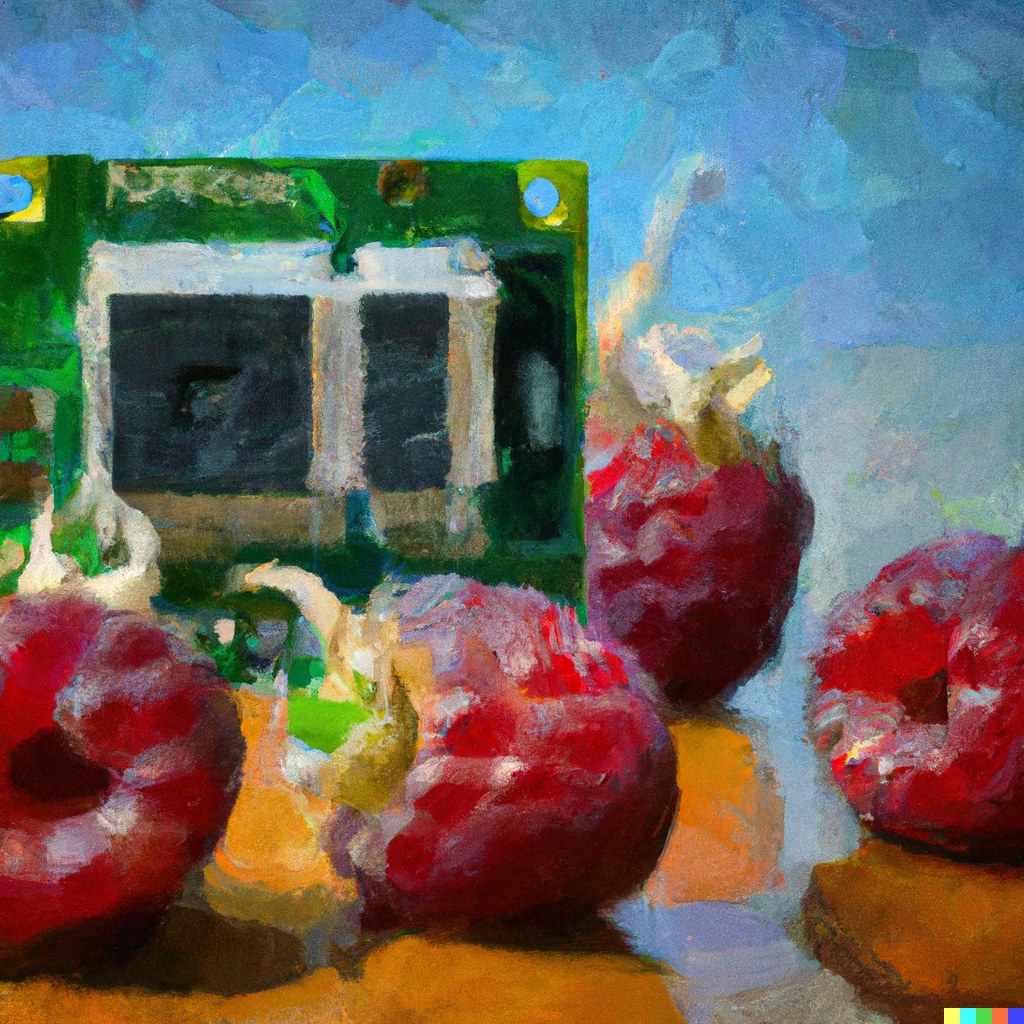Menu
Logo

Home automation is becoming increasingly popular as a way to control and automate various devices in your home. One of the most popular platforms for DIY home automation projects is the Raspberry Pi. In this post, we'll take a look at the types of devices and sensors that can be integrated with the Raspberry Pi for automation.
One of the most popular types of devices for home automation is lighting control. The Raspberry Pi can be used to control smart bulbs, such as those from Philips Hue or LIFX, as well as traditional light bulbs using WiFi-controlled power outlets.
Another popular type of device for home automation is thermostat control. The Raspberry Pi can be used to control smart thermostats, such as the Nest or ecobee, which can be programmed to turn on or off at specific times or when certain conditions are met.
The Raspberry Pi can also be used to control various appliances in your home, such as coffee makers, washing machines, and more. Some appliances may have built-in WiFi capabilities that allow them to be controlled directly, while others may require a WiFi-controlled power outlet.
Sensors are also an important part of a home automation system. They can be used to trigger automation events based on certain conditions. Popular sensors that can be integrated with the Raspberry Pi include temperature, humidity, motion, and light sensors.
The Raspberry Pi can be integrated with smart speakers such as Amazon Echo and Google Home for voice control. This allows you to control your devices and appliances with just your voice.
The Raspberry Pi can also be integrated with other platforms such as IFTTT, which allows you to create custom automations using various devices and services.
The Raspberry Pi is a versatile platform that can be used for a variety of DIY home automation projects. There are many devices and sensors that can be integrated with the Raspberry Pi for automation. Some popular examples include lighting control, thermostat control, appliance control, and sensors. Additionally, the Raspberry Pi can be integrated with smart speakers for voice control and other platforms for more complex automations. The choice of devices and sensors will depend on the specific needs and requirements of the user.
In summary, the Raspberry Pi can be integrated with a variety of devices and sensors such as lighting control, thermostat control, appliance control, and sensors. Additionally, the Raspberry Pi can be integrated with smart speakers for voice control and other platforms for more complex automations. The choice of devices and sensors will depend on the specific needs and requirements of the user.
Sign up for our newsletter and be the first to know about coupons and special promotions.
All prices are in AUD and include GST. © 2024 Little Bird Electronics Pty Ltd. ABN: 15 634 521 449.